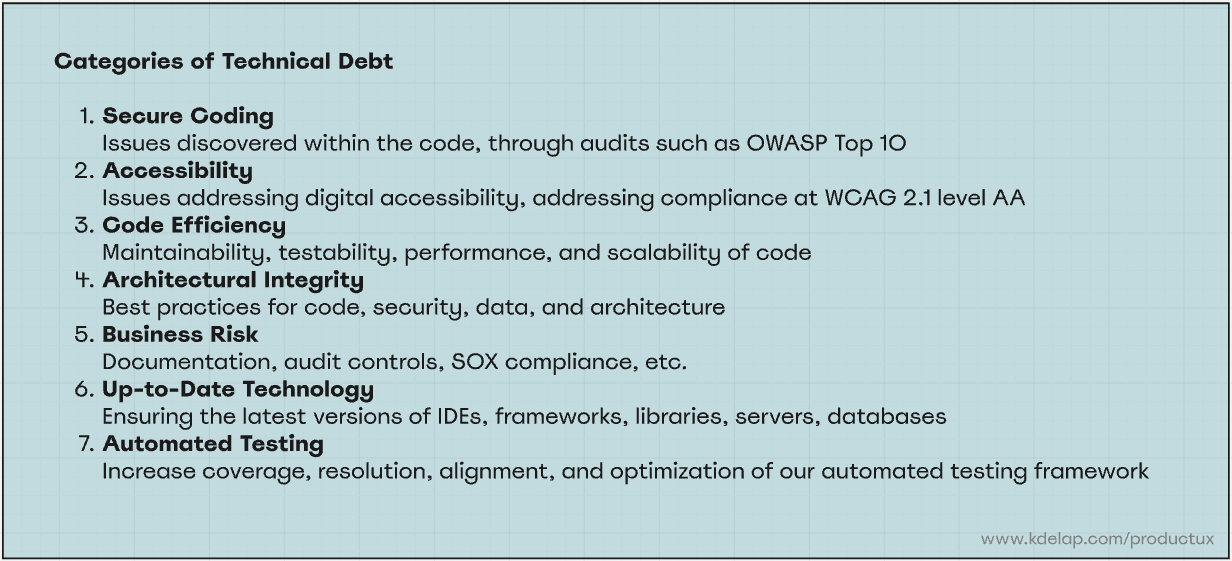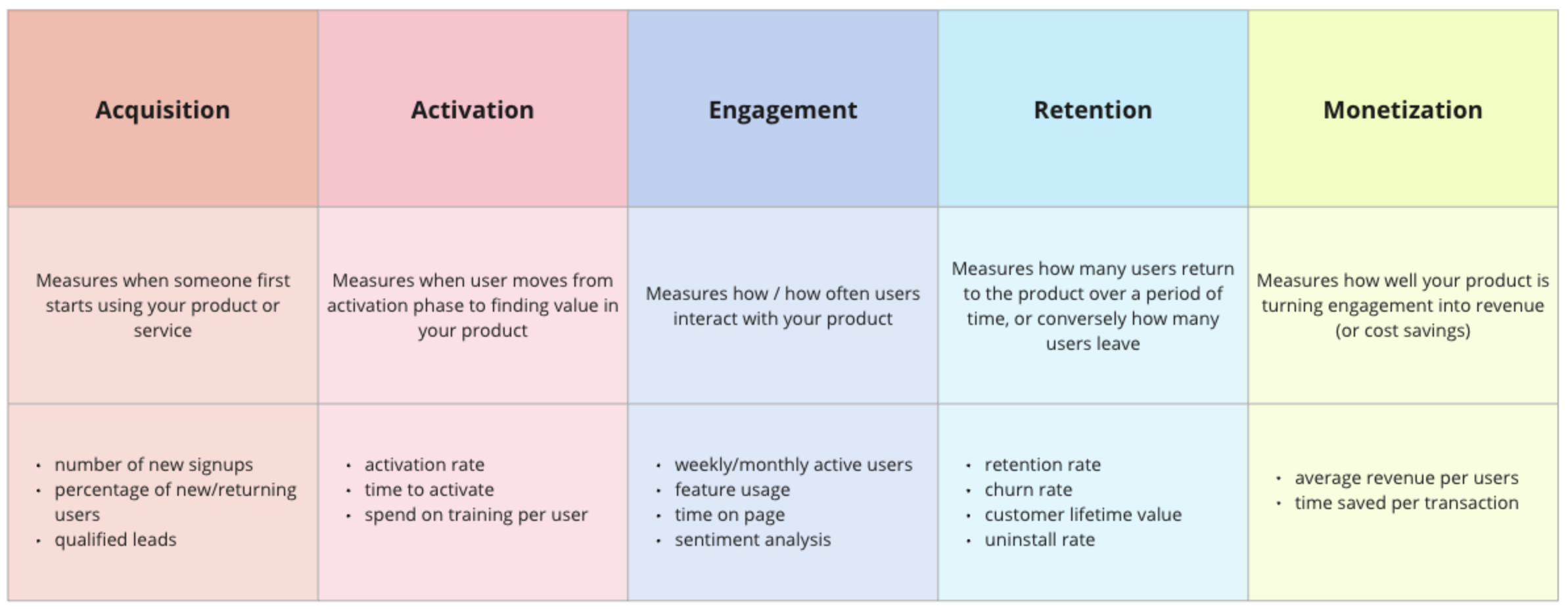Estimation is becoming harder. Figuring out how long a given task might take has always been a little fraught, as many organizations have an expectation of speed, but with the advent of new AI tooling, there are more unknowns. But estimation is as important as ever in the product development process.
Estimation does three things for a team:
Provides transparency
Opens up a conversation
Reinforces prioritization
First, providing estimates on work gives information to the team and stakeholders, making the process more transparent and generally collaborative. Your stakeholders have more realistic expectations about when a feature they’ve requested might launch. Product managers and scrum masters know when to check in with the development team without being intrusive. It removes an element of surprise from everyone.
Secondly, delivering an estimate on a piece of work begins a conversation. Questions about if elements are included or not can be answered. Information about if that fits into the timeline of the larger epic or campaign or project can be given. Complexity or dependencies can surface earlier, instead of waiting until they are more emergencies.
Third, understanding how long work might take gives clarity to how necessary the work is. For both the product team and the stakeholders, the question can then be asked, given this amount of time and effort, do we want to continue with the work as is? Or is something else best suited to begin now? Estimations can help clarify if we are on track for the goals of the product.
Estimation does not always need to be rigorous. Words like “ballpark” and “t-shirt sizing” are appropriate when talking about work to be done. Story points are more exact and often used, but also have their dissenters. The important part though is the dialogue that comes from the act of estimation and delivering that estimation to interested parties.
STAND-UP EXERCISE
In your product team, review your estimation process. Is everyone on the same page about how estimating work happens, where it is logged, and what to do when/if estimates change? Talk about examples of when presenting an estimate to a stakeholder changed the work - was it de-scoped or expanded, were complexities discovered, did the overall project take a different shape?
If you have been tracking estimation over time and have begun to use AI tooling, is that changing the way that you estimate?
For your team, when are estimates presented to stakeholders and how does that conversation emerge? Are there opportunities to improve that process and relationship?




